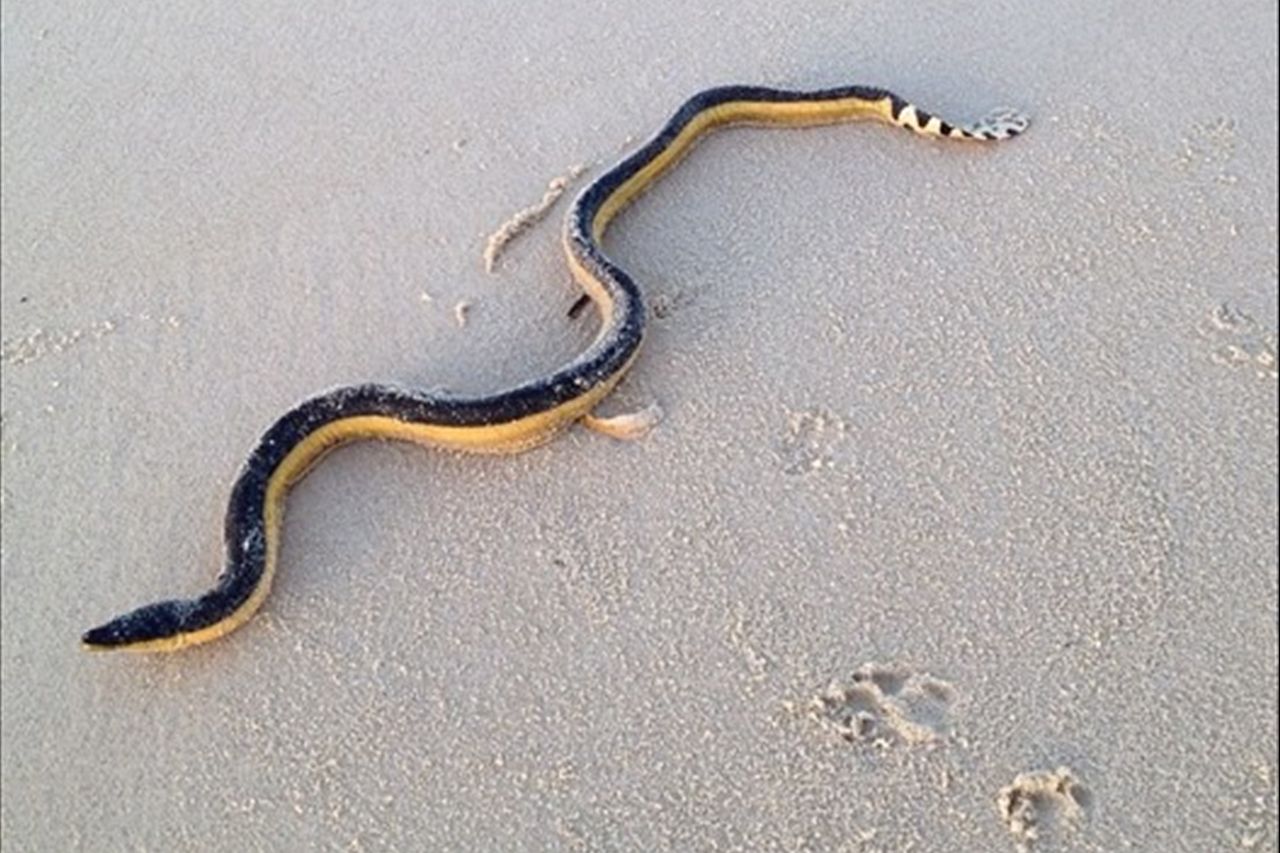
Sunshine Coast locals have noticed a plethora of strange creatures washed up on beaches and lost from home.
Red stinky blob
Debbie Higgs of Mt Coolum found a "weird red blob-like creature" on Mudjimba Beach.
"It's 25cms long roughly. It's oval-shaped, frilly and it's got a peculiar pattern down its back. [It was] cold, squishy and had that really gluggy type feeling like a jellyfish. It had vibrant dark red around it in a frill," she said.
"When I found it, it was still pulsing. I didn't want to touch it in case it was poisonous. I've never seen anything like it.
Debbie says she put a photo on twitter and linked it to Instagram and "suddenly all these people started contacting me."
Since, the story has been published worldwide.
"We contacted a museum and we've been told it's a Spanish dancer usually found in Indian waters or off Bali," Debbie said.
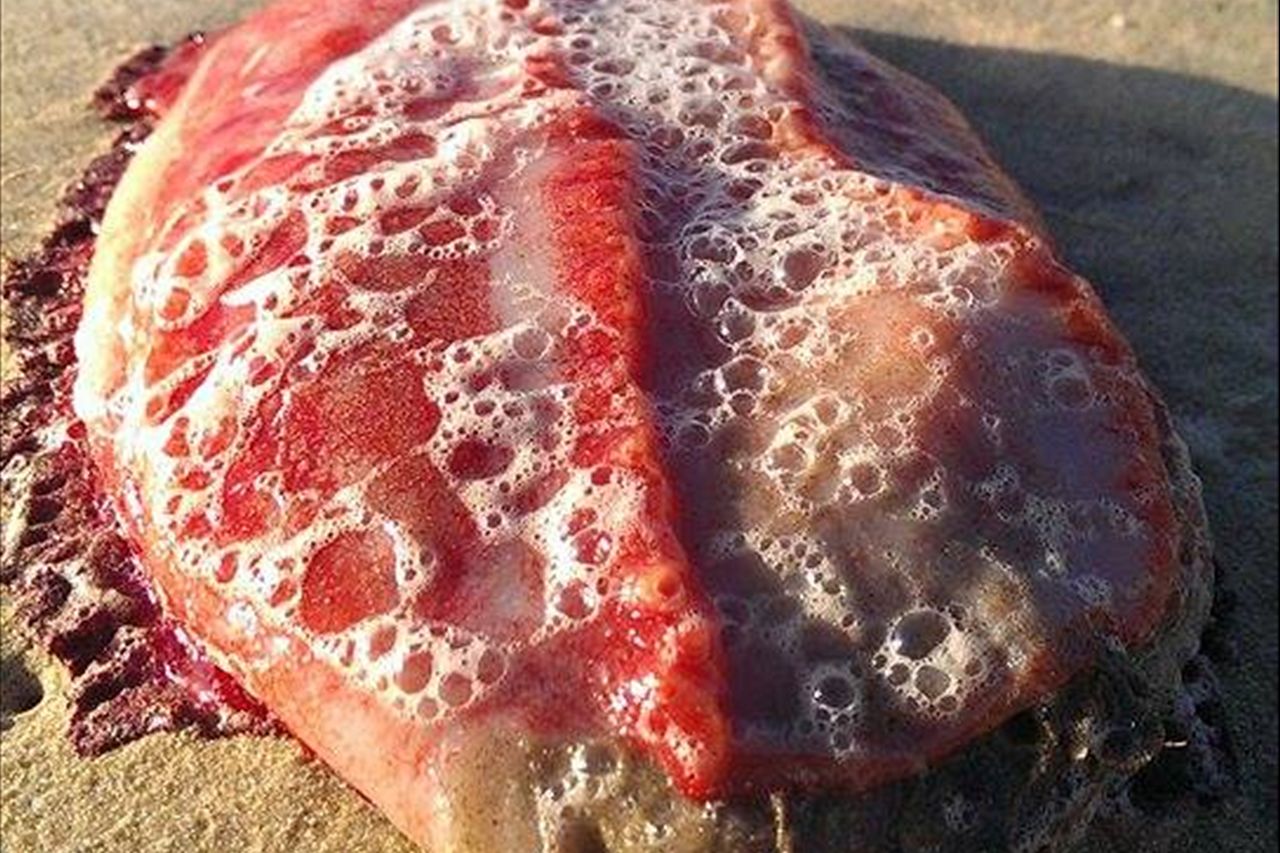
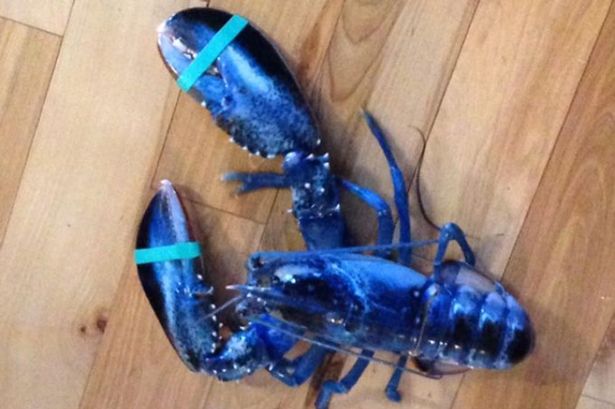
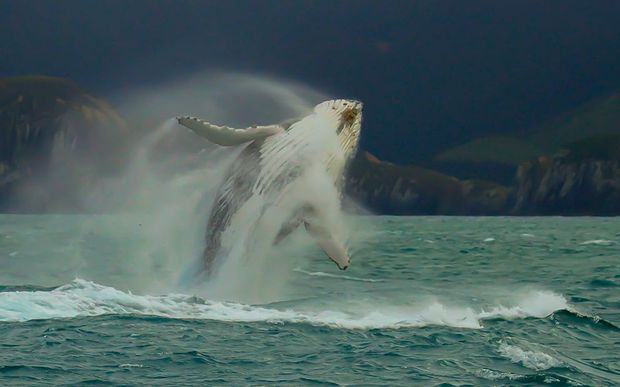
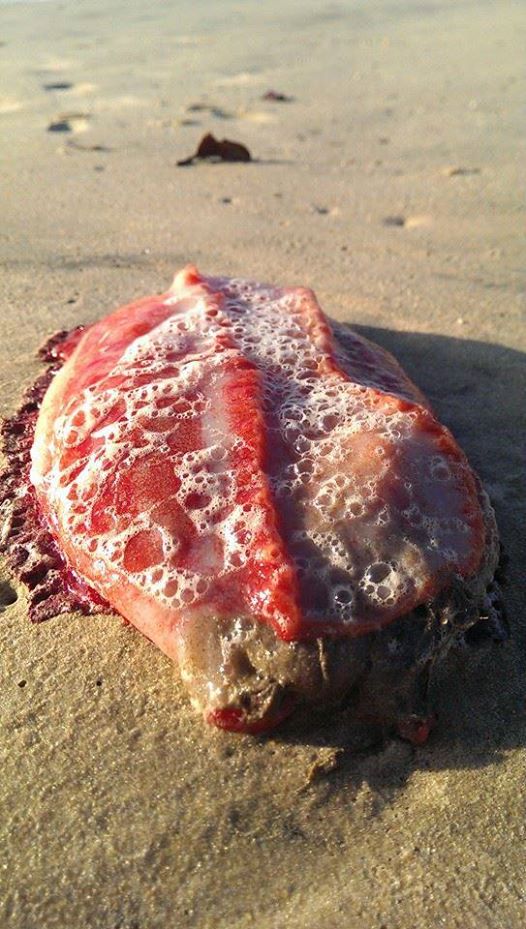
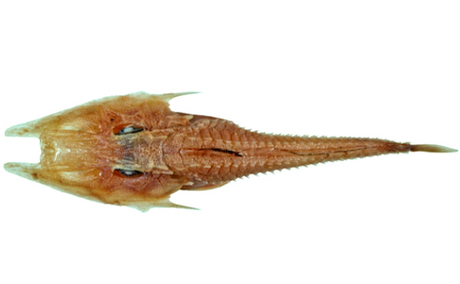
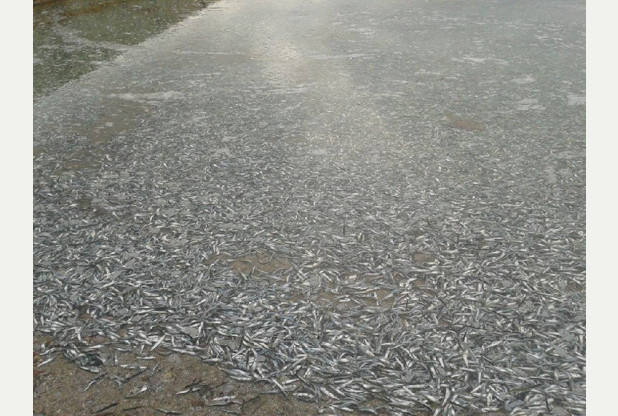
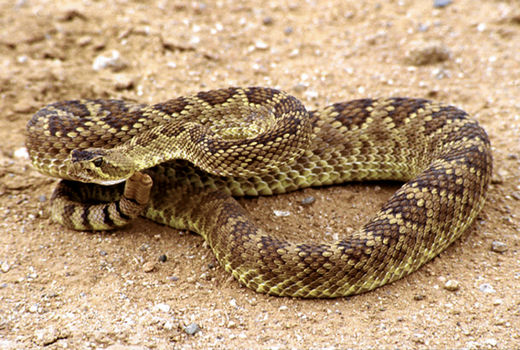
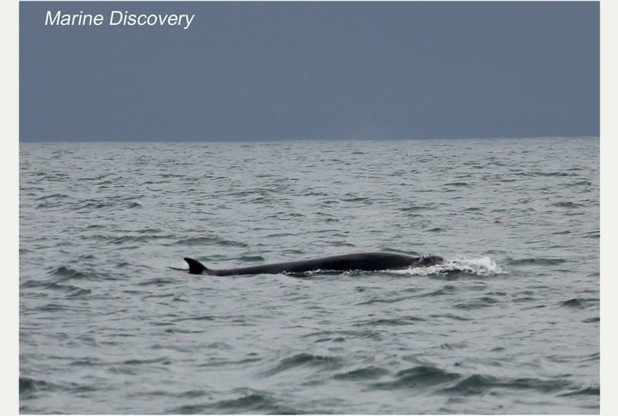
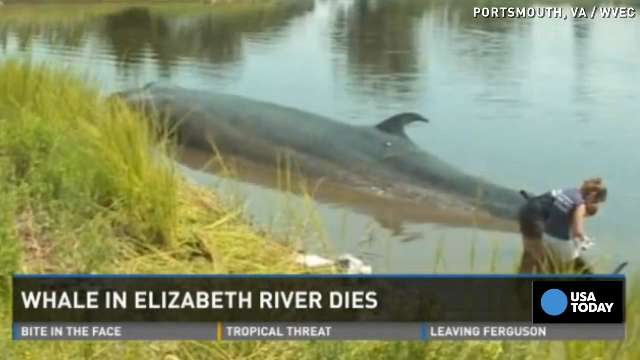
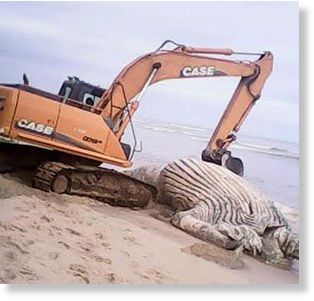



Comment: See also: Australian students discover rare fish dead on beach